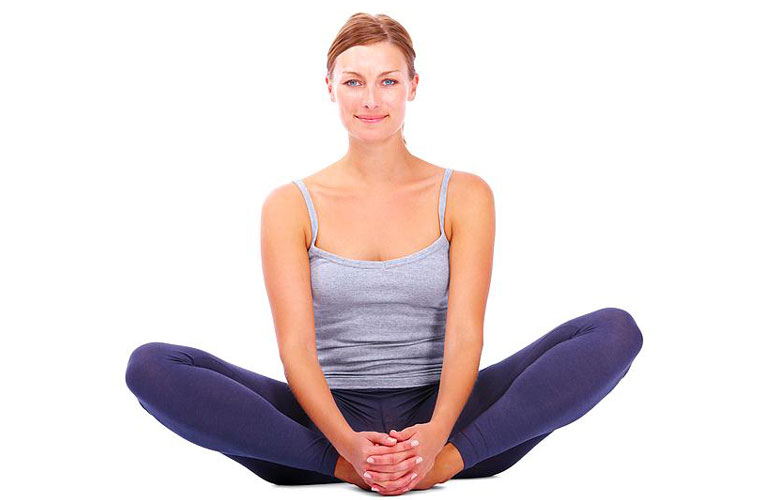1.9K
Bhadrasana Yoga: In Bhadrasana, the yoga practitioner will have to assume the posture when he/she will resemble a person who is beneficial. The Sanskrit word ‘Bhadra’ means beneficial.

Methodology of Bhadrasana Yoga
- Sit down in an upright position.
- The legs will have to be stretched outwards.
- Keep both the legs together.
- Now pull them inwards.
- Bend the knees outwards and bring the feet towards the body.
- The soles will have to be joined.
- Ensure that the toes and the heels are together.
- Now clasp the toes and the forepart of the feet with a firm fingerlock.
- Your head and trunk will have to be kept erect.
- Bend the elbows outwards.
- Bring in the heels bit by bit till they touch the genitals.
- During this juncture, widen your thighs.
- Allow the knees to gently bend downwards.
- Slowly lower the knees to the ground.
- Endeavour to further bring in the heels.
- Fix the heels on the either sides of the perineum.
- Sit erect.
- Remain in this position for about 15 seconds.
- Breathe normally.
- Gradually release the fingerlock.
- Again stretch the legs outwards in front.
- You are back in the starting position.
- Practise this asana once and flow to the Baddha Konasana posture.
Advantages of Bhadrasana Yoga Asanas
- Bhadrasana properly maintains the body posture.
- Your urinary tract, bladder, the prostrate and the kidneys will function normally.
- Tension is released from the spinal coccygeal and sacral regions.
- Stiff joints of the ankle, hips and knees are provided elasticity.
- The urogenital muscles and ligaments obtain supply of fresh oxygenated blood.
- There is a proper distribution of the weight of the flexed knees.
- The adductor muscles along the inner thighs gets toned up.
- The pelvis and groin muscles are strengthened.
